Webinar recap: the top priority for building community
May 24, 2013 Leave a Comment
This week’s webinar on building community, part of our Competing with Amazon series, covered a wide swath of best practices for merchants to consider as they attempt to engage shoppers and build lasting brand relationships. While the format and functionality of communities depend in some part on the merchant’s product offering and target audience, MarketLive founder Ken Burke said there’s one strategy in particular that most merchants should prioritize in the next six months: social integration using Facebook’s Open Graph. As Burke said in the webinar, this single technology implementation opens up a world of options for engaging community throughout the shopping experience.
Part of the power of the tool lies in Facebook’s continuing domination of the social landscape. , according to the Pew Internet and American Life Project; that’s more than half of the population as a whole. By contrast, the next biggest social network, Twitter, attracts just 16% of online adults, Pew found. That usage translates into huge potential shopping synergy: half of shoppers are logged in to Facebook as they browse eCommerce sites, according to social marketing firm Monetate.
But it’s not just Facebook’s critical mass that makes Open Graph integration so potentially effective. It’s also the variety of ways that social sharing can be woven into the shopping experience, from consideration to post-purchase. As we’ve written previously, merchants must adopt , and ask for only the information they can use to power a more intelligent shopping experience. But given that caveat, the tactics Open Graph enables include:
Gifting with confidence. With holiday season and other gift-giving forming a significant portion of eCommerce sales, facilitating gift purchases should be a priority for merchants. Open Graph informs gifting for both givers and receivers. Shoppers can opt to actively share their wish lists with their Facebook networks, increasing wish list visibility and encouraging purchases; in addition, shoppers can receive gift recommendations based not just on friends’ wish lists, but on past product “likes” or other products popular on social media. Merchants should use available data to populate gift recommendations even when shoppers’ friends haven’t supplied wish lists or product picks to mine, as CafePress does with its educated guesses based on Facebook interests, using “like” or “may like” to indicate the level of confidence in the suggestions.

Shared consideration. Using Open Graph integration, merchants can let consumers collaborate with others in their network to make purchasing decisions – empowering shoppers to solicit feedback from those they trust most. Macy’s gives shoppers the means to create a product poll to gather input about several items under consideration. Shoppers pick the items to feature and post the poll to their Facebook timeline; the poll is open for 48 hours, after which the results are shared with the shopper. Not only does the shopper get valuable feedback to spur a purchase decision, but friends are exposed to the brand and to individual products.


Post-purchase connections. Often, social media is considered an acquisition tool — but it can also help drive retention and loyalty, providing a crucial link to the brand in the post-purchase phase and thereby transforming a one-way “funnel” into a self-sustaining customer lifecycle. Open Graph integration enables customers to share their purchase experiences with friends, potentially creating powerful word-of-mouth tools. Merchants should give shoppers the opportunity to share:
-
Purchases. When shoppers complete a transaction on Amazon, they’re invited to share the items they’ve just bought with their social networks – a tactic that seems simple but has not been widely adopted.

- Reviews. Amazon’s email notification letting customers know their review has been published includes a link for sharing the review on social networks — another way to let customers pass along their endorsement of the brand.
Many other strategies and tactics were shared in the webinar; download to learn more. Have you used Open Graph to enhance the shopping experience? If so, how?





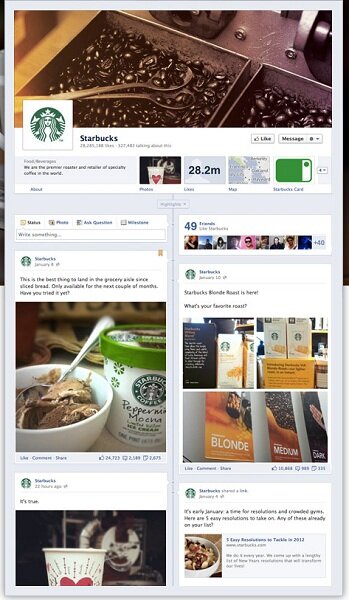




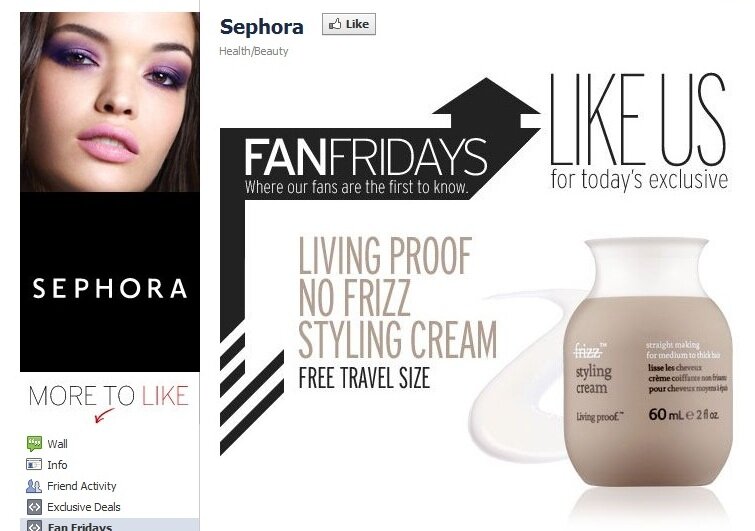
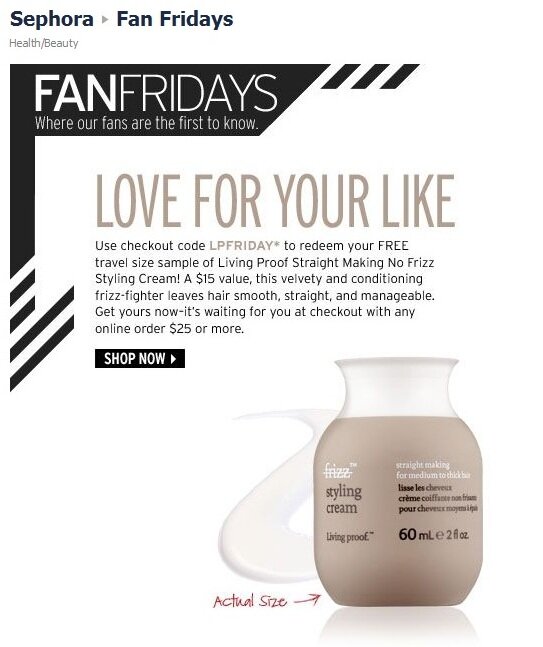
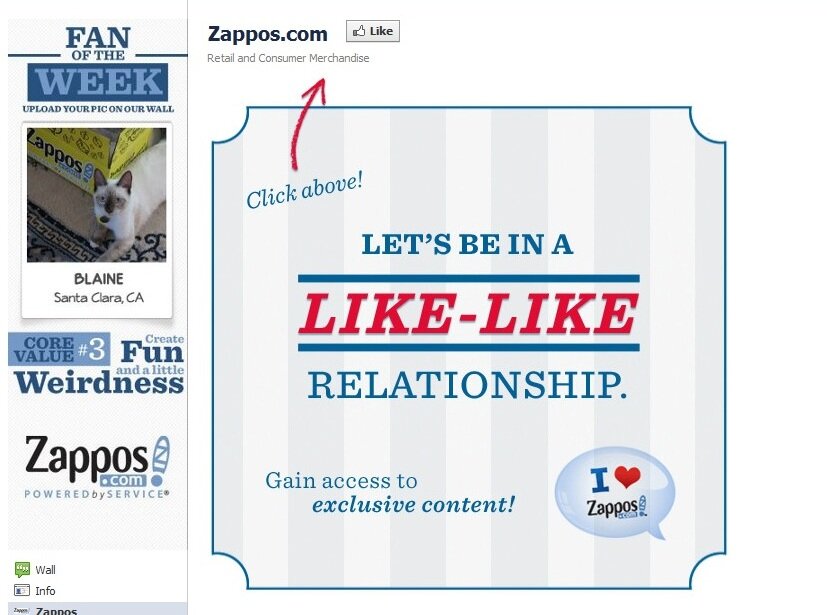

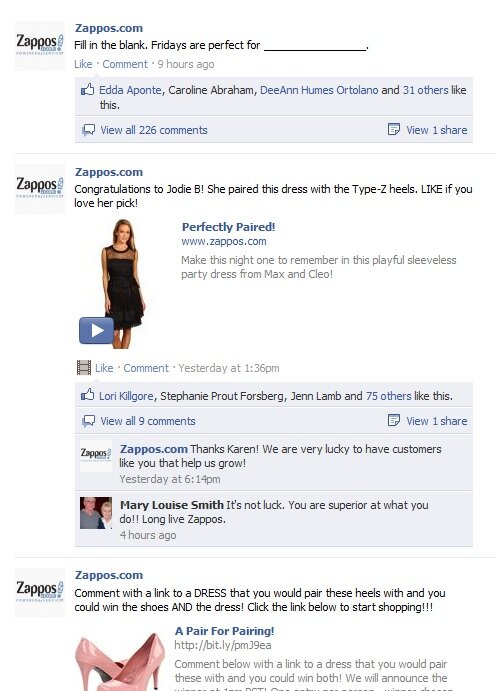
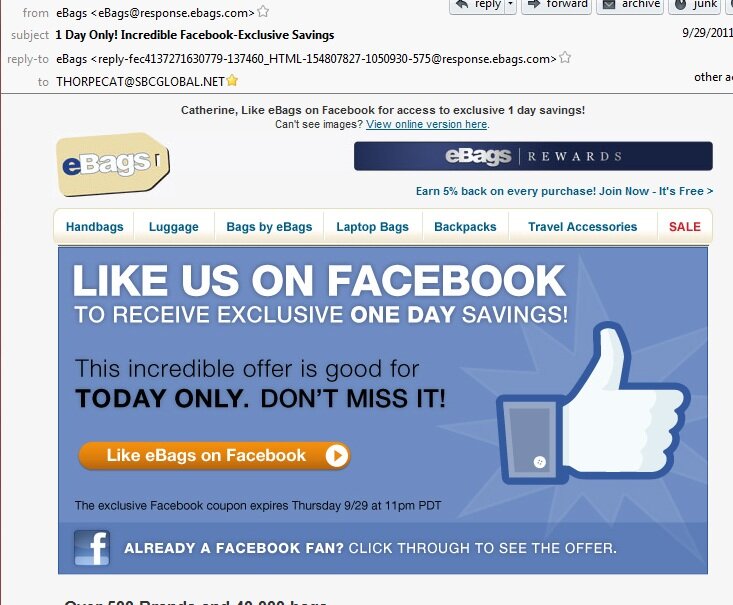
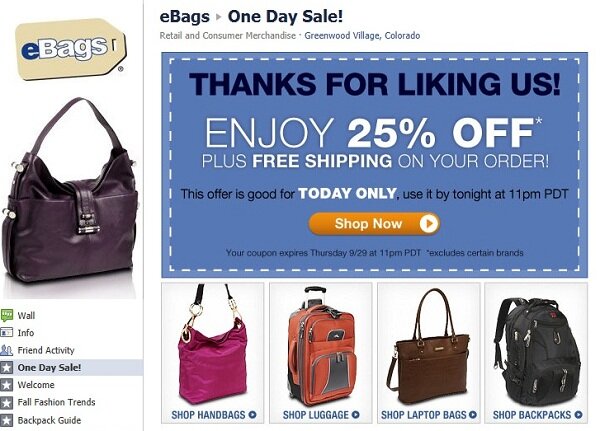
Connect with us: